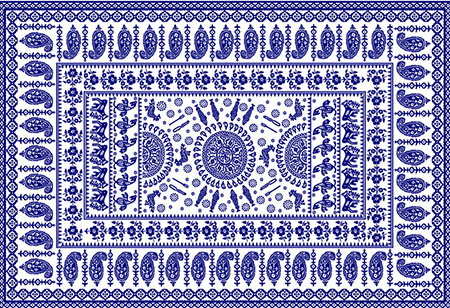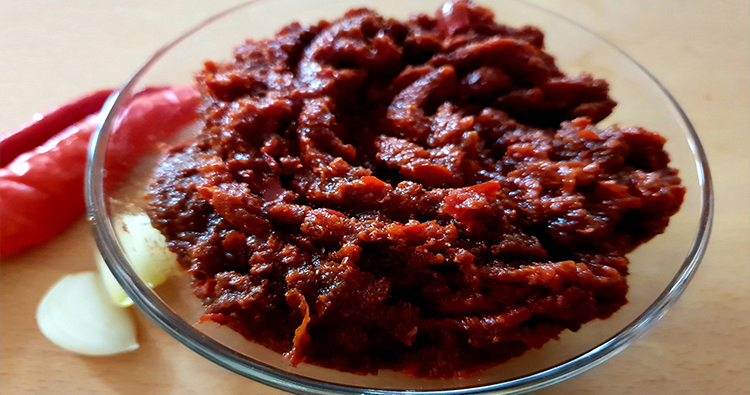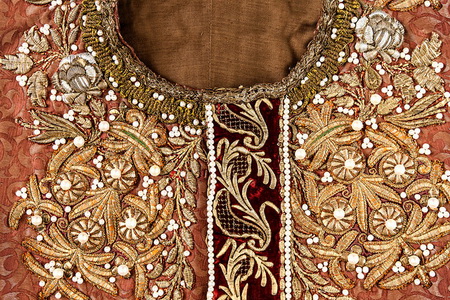Georgian silk crafts recognised as intangible cultural heritage
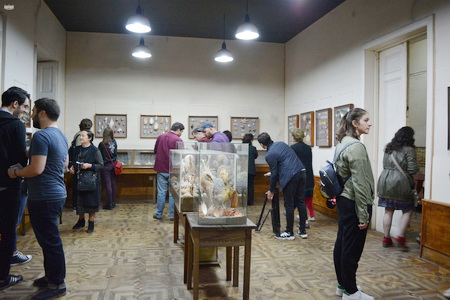
The long-standing tradition of silk production and crafts in Georgia has been officially recognised as part of the country’s intangible cultural heritage.
A decision by the National Agency of Cultural Heritage Preservation has placed Georgian silk among other intangible monuments, such as Georgian polyphonic singing and wine production using the ancient qvevri vessel.
Signed by the agency’s general director Nikoloz Antidze, the nomination for silk has become the 40th entry in the formal registry of intangible heritage.
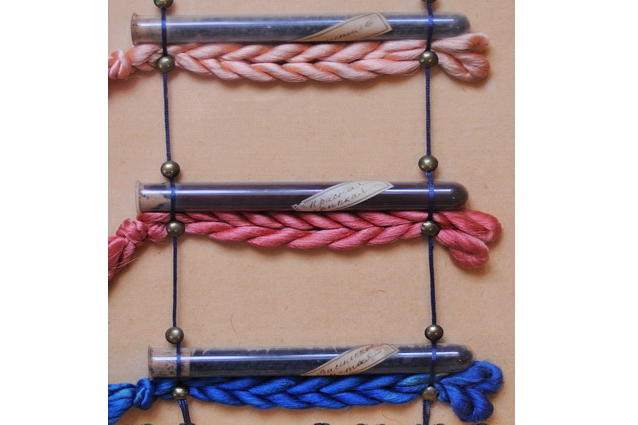
A dyed silk thread collection dated back to the 1890s. Photo: State Silk Museum.
The move marks more than a dozen centuries of documented history of production and artisanal use of silk in Georgia.
It is noted in historical sources, from famed 13th century Italian traveller Marco Polo — who praised the quality and artistry of silk textile in Georgia — to later Medieval chroniclers.
An 1848 study showed 210,000 families across the country were involved in silk thread production and weaving.

The Tbilisi museum is one of the earliest throughout the world. Photo: State Silk Museum.
In 1887 the capital Tbilisi became home to one of the earliest museums not only in the Caucasus but worldwide, when a venue for developing silk production in the region was established.
Now functioning as the State Silk Museum, it houses collections and exhibits gathered from throughout the Caucasus by its founder, Russian naturalist Nikolay Shavrov.
The museum’s vaults store Caucasian silk textiles from the 19th century as well as fibres, paints, and silk moths from over a dozen countries.
 Tweet
Tweet  Share
Share
